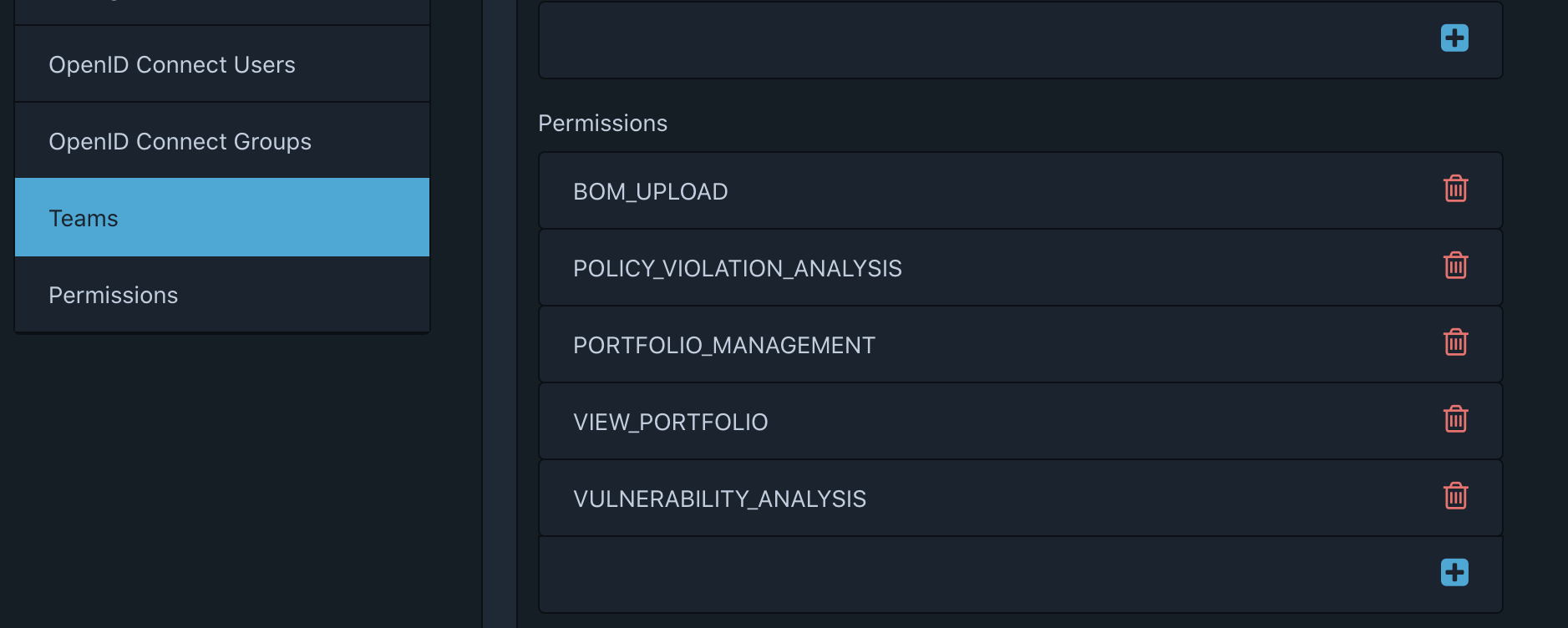Versions Compared
Key
- This line was added.
- This line was removed.
- Formatting was changed.
 Image Added
Image AddedFor general information & instructions on the use of Remote Providers within ThreadFix, please refer to this page's parent page: Remote Providers.
...
For information on REST API functionality for Remote Providers, please refer to the following: Remote Providers API.
Introduction
ThreadFix uses Dependency Track API Client to authenticate and pull both application and scan information.
Fetching Applications
ThreadFix uses this endpoint to pull applications from the Dependency Track instance:
| Code Block |
|---|
/api/v1/project |
ThreadFix does paginate this request.
Fetching Scans
ThreadFix uses this endpoint to get vulnerability information from Dependency Track Client API:
| Code Block |
|---|
/api/v1/vulnerability/project/{projectNativeId} |
From the returned data ThreadFix extracts severity, status, datecreated, location, and issuetype dependency values of each finding from all new, open, and reopened issues for the specified application
...
Because the results set does not provide a scan date, ThreadFix will report the date the scan was imported as the scan date
...
ThreadFix does paginate this request
...
Users need to have the Vulnerability_Analysis permission to import scans, as seen below:
 Image Modified
Image ModifiedParsing Vulnerabilities
The JSON returned by Dependency Track vulnerabilities endpoint maps directly to these ThreadFix Finding Mappings:
Native Id - vulnerability.uuid
Vulnerability code - vulnerability.cwe.name (if cwe.name is null it will map to Configuration)
Severity code - vulnerability.severity
Path - “Dependencies”
Dependency.reference - vulnerability.vulnId
dependency.componentName - component.name
dependency.componentFilePath - component.fileName
dependency.description - vulnerability.description
CVE - vulnerability.vulnId
Table of Contents
| Table of Contents |
|---|